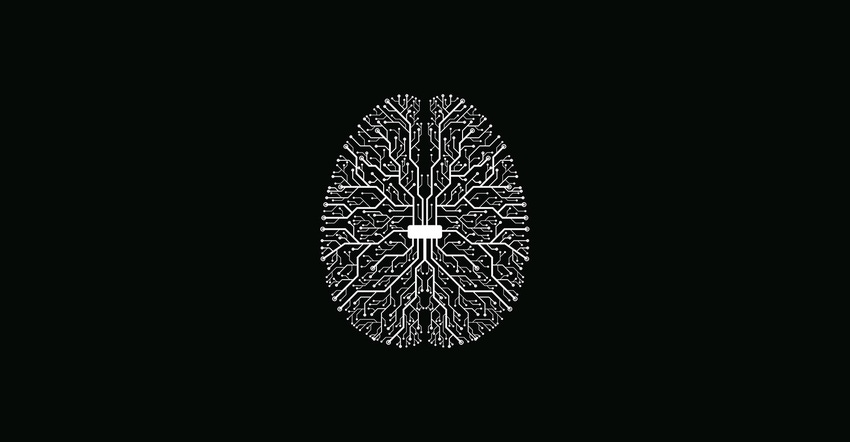The next wave of the Internet of Things could be within our heads, says the leader of an IoT strategy and innovation lab.
July 18, 2017

At the South by Southwest conference in March, Google director of engineering, inventor and futurist Ray Kurzweil predicted that, by 2029, computers will have human-level intelligence. “That leads to […] our putting them inside our brains, connecting them to the cloud, expanding who we are,” he said. “Today, that’s not just a future scenario. It’s here, in part, and it’s going to accelerate.”
While that may first seem like an especially optimistic assessment, many across the tech landscape hold similar views, and the prospect of cognitive-enhancing neural implants is winning support from tech and research leaders. In 2016, the venture capitalist Bryan Johnson announced last year that it plans on developing “the world’s first neuroprosthesis for cognition.” Earlier this year, billionaire entrepreneur Elon Musk launched a startup Neuralink to create “ultra high bandwidth brain-machine interfaces.” In addition, Facebook has put an ex-DARPA leader in charge of an initiative to develop a “direct brain interface” (in this case, a skull cap) that will enable users to type directly from their brain. Last week, Columbia University won a four-year $15.8-million grant from DARPA to devise a minimally invasive brain-interface device for people with neurodegenerative diseases or visual or hearing impairment.
[Hear Scott Amyx speak on the future of user experience at the UX Next conference in late October.]
While there are steep hurdles in making brain implants mainstream, Scott Amyx, CEO of Amyx+, says that the potential benefits of connected brain implants would be so earth shattering that business leaders should start thinking about the repercussions. “My job is to push the envelope and be an agitator,” he says. “Why human augmentation is so important — especially with the brain — is that it is the next level of computation, innovation and productivity,” adds Amyx, whose firm works with enterprise companies and startups on IoT strategy.
First, Amyx says that connected brain implants that could communicate with networks as well as other humans could do away with the need for computer hardware or the cloud.
While that in itself would be a profound shift, Amyx says that executives with superhuman thinking skills could transform the future enterprise landscape as well. “Let’s say you are an executive at a Fortune 500 company. Imagine if, instead of hiring 100,000 or 200,000 employees across the world, you could manage all of the functions of previous generations with a handful of people,” Amyx says. “In the future, one person could theoretically have billions of market capitalization opportunities because of their ability to handle so much computation,” he explains.
While many science fiction writers, as well as tech pioneers like Elon Musk and Bill Gates, fear that AI could be an existential risk for humanity, Amyx is inspired by its potential to integrate directly with our innate intelligence. “It is co-creation,” he says. The [brain implant] would not only network directly with the brain, but with other intelligent systems and other connected humans. “It is not just me using a connected brain implant to compute in isolation. It is me computing with a system and everybody else that I am connected to,” he explains. “There is this constant co-creation.”
About the Author(s)
You May Also Like


.png?width=700&auto=webp&quality=80&disable=upscale)
.png?width=300&auto=webp&quality=80&disable=upscale)


.png?width=300&auto=webp&quality=80&disable=upscale)